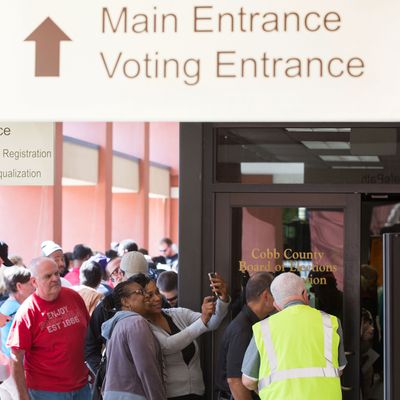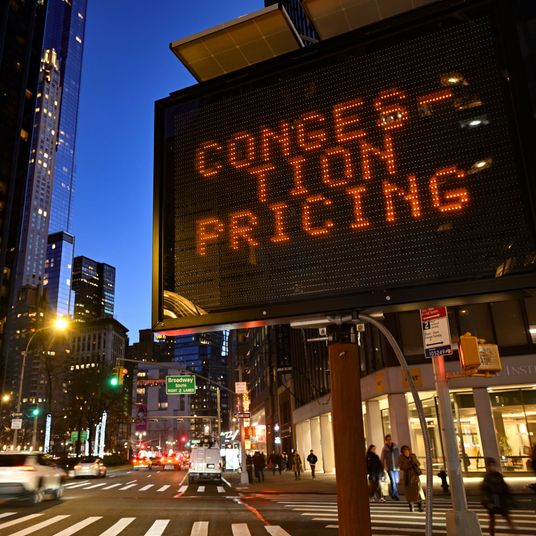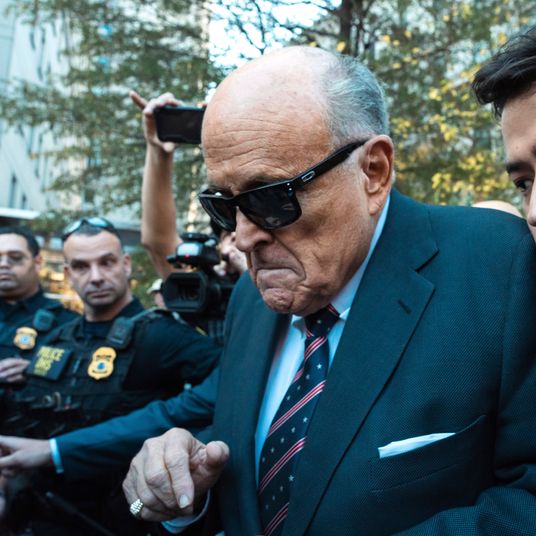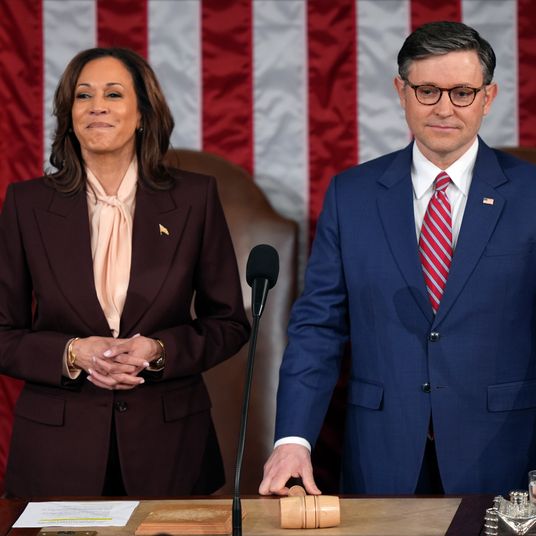
People accustomed to reading and hearing about Democratic enthusiasm going into the November 6 elections may have missed a very important subtext of this topic: Republicans have recently had a built-in turnout advantage in midterms. It’s recent not because of anything to do with candidates or issues, strictly speaking, but simply because the types of voters — basically older and whiter Americans — who from time immemorial tend to participate at higher levels in non-presidential contests have aligned themselves more closely than before with the GOP. Meanwhile voters who don’t tend to participate in such elections — young and minority (especially Latino) folks — have become more and more central to the Democratic Party’s electoral prospects.
So in a spasm of anti-Trump excitement, Democrats are now the party with a big turnout advantage, right? Well, maybe or maybe not. As the New York Times’ Nate Cohn explains, the GOP advantage may be gone, but the degree of change is still unclear as some old patterns persist:
Democrats have largely erased the turnout deficit that hobbled them during the Obama presidency, according to results from more than 50 New York Times Upshot/Siena College polls of the most competitive House battleground districts.
Democrats may even be poised to post higher turnout than Republicans, a rarity, in many relatively white suburban districts on Nov. 6.
But it’s not clear if this blue turnout surge will extend much further, particularly among young and nonwhite voters. Whether Democrats turn out broadly could make the difference between a fairly close fight for control of the House and sweeping Democratic gains of 40 or more seats.
In fact, based on data culled from the Times’ polling collaboration with Siena College, the likelihood to vote among different demographic categories has a familiar — and to Democrats, depressing — ring.
Across our polls, 58 percent of white registered voters say they’re “almost certain” to vote, compared with 50 percent of black registered voters and 43 percent of Hispanic voters….
And just 38 percent of registered voters who are 18 to 34 years say they’re almost certain to vote, compared with 62 percent of those over age 65.
What changes everything this year is an apparent turnout boom among college-educated white voters, along with a Democratic tilt in their voting preferences:
[C]ollege-educated Americans represent 47 percent of likely voters in the districts we’ve polled, well above their 38 percent share of registered voters. And white voters without a degree — the president’s base — slip to 41 percent of the likely electorate, down from their 45 percent share of registered voters.
Of this college-educated group, white Democratic voters have a particularly large edge in saying they’re “almost certain” to vote, relative to their Republican counterparts: 71 percent vs. 64 percent.
And Democratic strength in competitive House races, quite logically enough, seems to be concentrated in the suburban districts where college-educated white voters are also concentrated, as Ron Brownstein has noted:
Republican strategists are growing glummer about their chances of holding well-educated and often diverse seats in suburbs around Denver, Kansas City, Chicago, Detroit, Philadelphia, Northern Virginia, parts of New Jersey, and Orange County, California.
These areas are much less likely on average to have been strong Trump districts in 2016, and the president — who has dominated political discourse like no other POTUS in living memory — isn’t popular in most of them now.
So while everyone quite naturally talks about voter mobilization as the key to the midterms, it’s the conversion of swing voters, especially women who don’t like Trump, to the Donkey Party (at least for now) and their likelihood to show up in midterms generally that gives Democrats a crucial edge. If younger and minority voters in the end participate at higher levels than now assumed, the Democratic wave could obviously grow stronger.
A corollary to this analysis is that turnout patterns in which old white folks are not as important will return in 2020, when Trump is presumably running for reelection. If Democrats hang on to their current, higher share of college-educated white voters while bringing young and minority voters back to the polls, the odds of limiting the ongoing disaster of this presidency to one term will go up substantially.






























